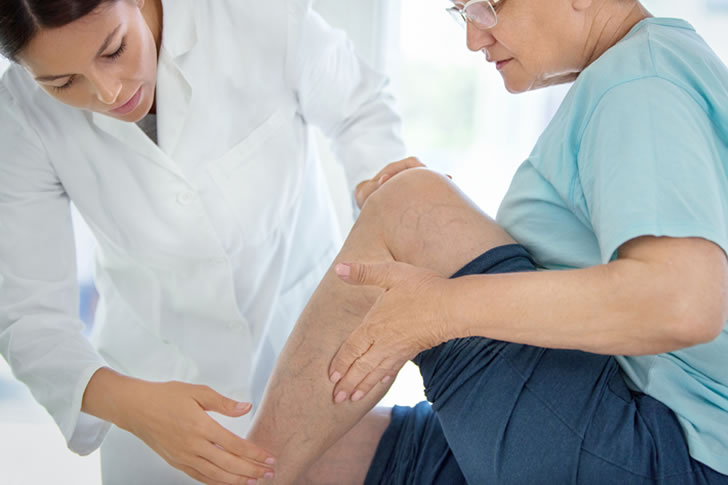Budget-Friendly Ways to Treat Varicose Veins
Varicose veins can be a source of discomfort and self-consciousness. Fortunately, there are cheap and effective treatments to help manage this condition.

Understanding Varicose Veins
Varicose veins are swollen, twisted veins that usually appear on the legs. They occur when valves in the veins malfunction, causing blood to pool and veins to enlarge. Approximately 23% of adults in the United States are affected by varicose veins, making it a common condition that requires accessible solutions.
Lifestyle Changes and Home Remedies
One of the most cost-effective ways to manage varicose veins is through lifestyle changes and home remedies. These methods are not only affordable but also non-invasive.
- Exercise Regularly: Engaging in regular physical activity, especially activities that work the legs, such as walking, cycling, and swimming, can improve blood flow and reduce vein swelling.
- Healthy Diet: Maintaining a healthy weight can alleviate pressure on the veins. Eating a diet rich in fiber and low in salt can prevent constipation and water retention, both of which can contribute to varicose veins.
- Compression Stockings: Wearing compression stockings helps improve circulation in the legs. These stockings are available over-the-counter and can be a simple, affordable solution to manage symptoms.
Medical Treatments
For those seeking medical treatments, several options are available that are both effective and relatively affordable.
- Sclerotherapy: This procedure involves injecting a solution into the varicose veins, causing them to collapse and fade. Sclerotherapy is typically less expensive than surgical options and can be done in a doctor’s office without anesthesia. According to the American Society of Plastic Surgeons, the average cost of sclerotherapy is around $350 per session.
- Laser Treatments: Laser treatments use focused light to reduce the appearance of varicose veins. Endovenous laser treatment (EVLT) is a common procedure that is minimally invasive and has a high success rate. The cost for EVLT can range from $600 to $3,000, depending on the extent of the treatment.
- Radiofrequency Ablation: Similar to laser treatments, radiofrequency ablation uses heat generated by radio waves to close off varicose veins. This procedure is also minimally invasive and usually performed on an outpatient basis. Costs typically range from $1,000 to $3,000.
Natural and Alternative Treatments
In addition to conventional medical treatments, some natural and alternative treatments can be effective and affordable.
- Herbal Remedies: Horse chestnut extract and grape seed extract are commonly used to treat varicose veins. These herbs can improve vein elasticity and reduce swelling. A month’s supply of these supplements generally costs between $10 and $30.
- Essential Oils: Oils such as lavender, rosemary, and peppermint can be used to massage the legs and improve circulation. Essential oils are a cost-effective way to complement other treatments.
- Acupuncture and Acupressure: These traditional Chinese medicine practices can help improve blood flow and reduce the discomfort associated with varicose veins. Sessions typically cost between $50 and $100.
Prevention Tips
Preventing varicose veins can save money and discomfort in the long run. Here are some prevention tips that are easy to implement and cost-effective.
- Elevate Your Legs: Elevating your legs while resting helps reduce pressure on the veins.
- Avoid Prolonged Sitting or Standing: If your job requires long periods of sitting or standing, take breaks to move around and stretch.
- Wear Comfortable Clothing: Avoid tight clothing that can restrict blood flow. Opt for loose-fitting clothes, especially around the waist and legs.
Insurance and Financial Assistance
Many insurance plans cover the treatment of varicose veins, especially if they cause significant discomfort or health issues. Check with your provider to understand what treatments are covered under your plan.
Additionally, some clinics offer payment plans or financial assistance programs for those who need help covering the costs of treatment. It’s worth exploring these options to ensure you can access the care you need without financial strain.
Conclusion
Varicose veins are a common issue, but they don’t have to be a major financial burden. By exploring affordable treatments and making simple lifestyle changes, you can manage and even prevent varicose veins effectively. Always consult with a healthcare professional to determine the best course of action for your specific situation.







Recent Comments